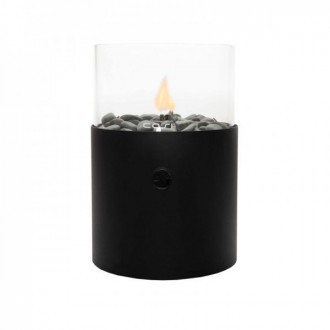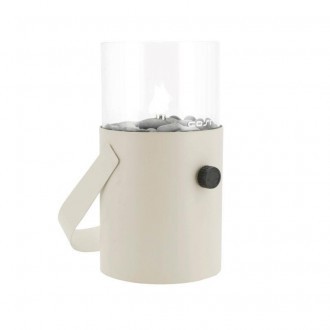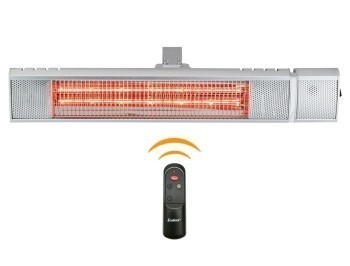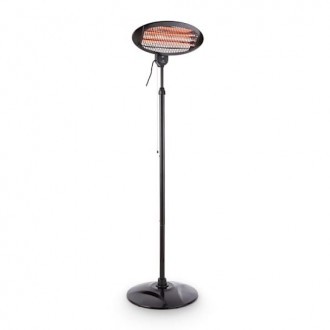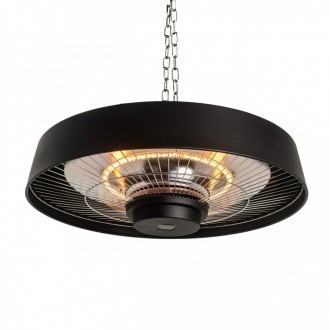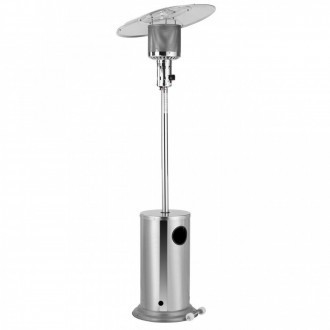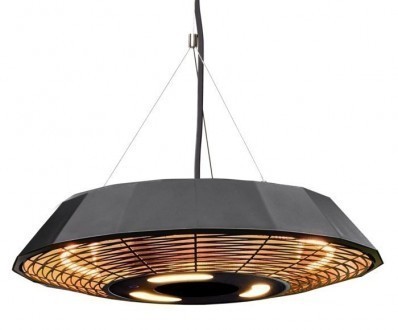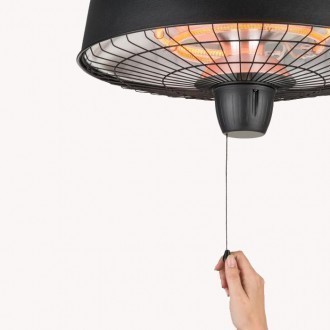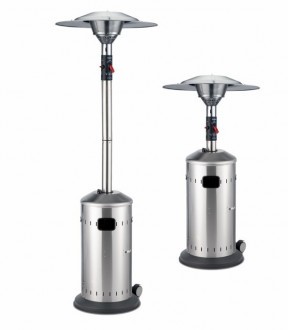- Information
- About Us
- Service and Warranty
- Delivery and payment
- News
- Contacts
- АКЦИИ
Enders is a German company that produces a wide range of home heaters for both indoor and outdoor use.
Here are some of the most popular types of indoor and outdoor heaters :
Infrared heaters for home
- Effectively and quickly heat people and objects.
- Ideal for use in rooms with high ceilings.
- Available in a variety of models including wall, ceiling and floor mounted.
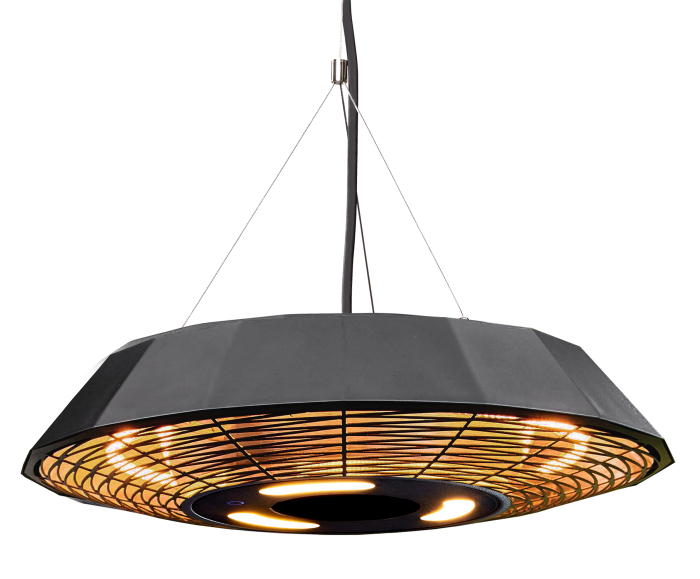
Infrared heaters are devices that heat objects and people rather than the air. They work by emitting infrared radiation, which is invisible to the human eye but feels like heat.
There are two main types of infrared heaters:
- Shortwave: These heaters emit short-wavelength infrared radiation that heats objects from a distance. They are well suited for use in areas with high ceilings, such as garages or warehouses.
- Long-wave: These heaters emit long-wave infrared radiation that heats objects and people in the immediate vicinity. They are well suited for use in living spaces such as bedrooms or living rooms.
Advantages of infrared heaters:
- Efficiency: Infrared heaters are very efficient and provide a large amount of heat.
- Economical: Infrared heaters can be more economical than traditional heating systems because they heat objects rather than air.
- Comfort: Infrared radiation provides comfortable warmth that does not dry out the air.
- Safety: Infrared heaters do not produce open flames, making them safe for use at home.
Disadvantages of infrared heaters:
- Cost: Infrared heaters can be more expensive than traditional heating systems.
- Limited coverage: Infrared heaters only heat the objects they are aimed at.
- Not suitable for large spaces: Infrared heaters are not suitable for heating large spaces.
When choosing an infrared heater:
- Determine your needs: Consider how much area you need to heat and what type of heater would be best for your space.
- Compare Prices: Prices for infrared heaters can vary widely, so it's important to compare prices before purchasing.
- Read Reviews: Reviews from other users can help you choose a reliable and efficient heater.
- Choose a model with suitable characteristics: pay attention to the heater power, heating area, presence of a thermostat, remote control and other functions.
Gas heaters
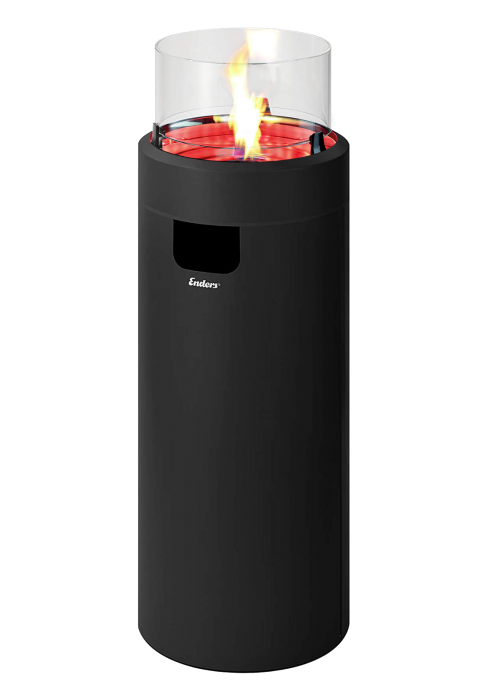
Gas heaters for outdoor use
Gas outdoor heaters are devices that provide heat outdoors using gas as fuel.
There are two main types of gas outdoor heaters:
- Patio Heaters: These heaters are commonly used on decks, patios, and other outdoor areas. They come in different shapes and sizes and can be either portable or stationary.
- Mushroom Warmers: These heaters get their name because of their mushroom-like shape. They are typically used in areas where wider coverage is required, such as restaurant terraces or recreational areas.
Advantages of gas outdoor heaters:
- Efficiency: Gas heaters are very efficient and provide a large amount of heat.
- Economical: Gas is a relatively inexpensive fuel, so using a gas heater can be an economical way to heat your outdoor space.
- Portability: Many gas heater models are portable, allowing you to easily move them to your desired location.
- Aesthetics: Gas heaters can be a stylish addition to your outdoor space.
Disadvantages of gas outdoor heaters:
- Safety: When using gas heaters, it is important to follow safety precautions to avoid gas leakage or fire.
- Installation Costs: Installing a stationary gas heater can be expensive.
- Fuel Dependency: A gas heater requires gas to operate, so you will need to have access to a gas cylinder or gas line.
How to choose a heater for your home
When choosing a heater for your home, you should consider:
1. Room size:
- For small rooms (up to 10 m²), convection, oil or ceramic heaters are suitable.
- For medium-sized rooms (10-20 m²), infrared, gas or electric convectors are suitable.
- For large rooms (more than 20 m²), gas heaters, industrial convectors or fan heaters are suitable.
2.Power:
- The power of the heater must correspond to the area of the room.
- On average, 10 m² requires 1 kW of power.
- Rooms with high ceilings or poor insulation will require a more powerful heater.
3. Heater type:
- Convection heaters: heat air, which is then circulated throughout the room.
- Oil heaters: heat oil, which then emits heat.
- Infrared heaters: heat objects and people, not air.
- Gas heaters: use gas to generate heat.
- Electric heaters: use electricity to generate heat.
4. Security:
- The heater must have all the necessary safety certificates.
- Make sure the heater is equipped with overheating and tip-over protection.
- Do not leave the heater unattended.
5. Additional features:
- Some heaters come with a thermostat, timer, remote control and other features.
- Choose a heater with the features you need.
6. Price:
- Heaters can cost from several hundred to several thousand hryvnia.
- Choose a heater that fits your budget.
Heater
-
-
-
code: 111804760 UAH5950 UAHВ наличии
-
-
-
-
-
-
-
-
code: 186158487.25 UAH9985 UAHВ наличии
-


